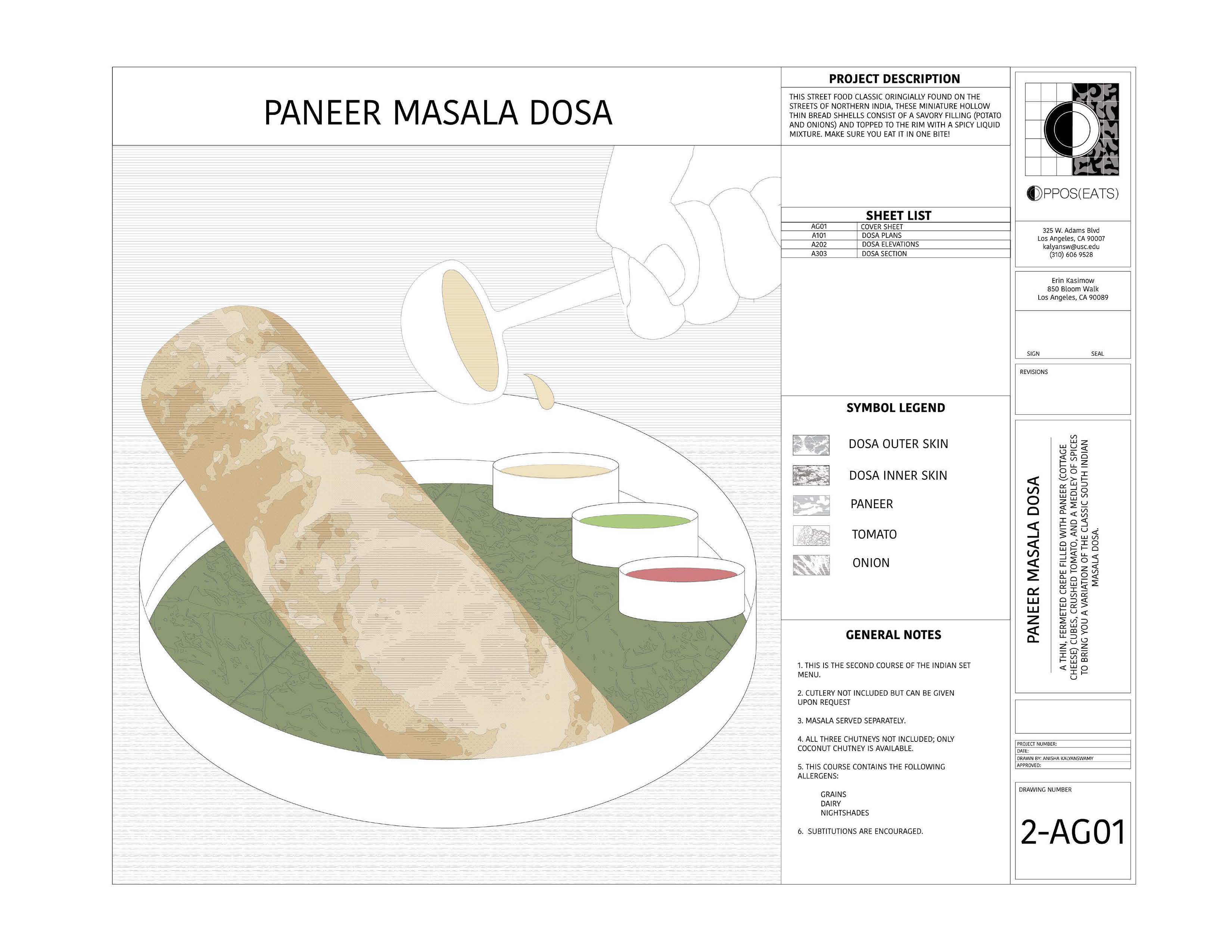Two Fold Menu
Standard Menu (Almost)
Upon arrival diners are first greeted with the familiar menu. At Opposeats, however, we want to save our diners from the hassle and stigma of having an in-depth conversation with the waiter; our allergen cards ensure that no detail is missed.

Two Fold Menu
Course Overview
Allergen specifications and notes for the chef.
Heading
Note about menu
Heading
Note about menu
Heading
Note about menu
Heading
Note about menu
Heading
Note about menu
Heading
Note about menu















